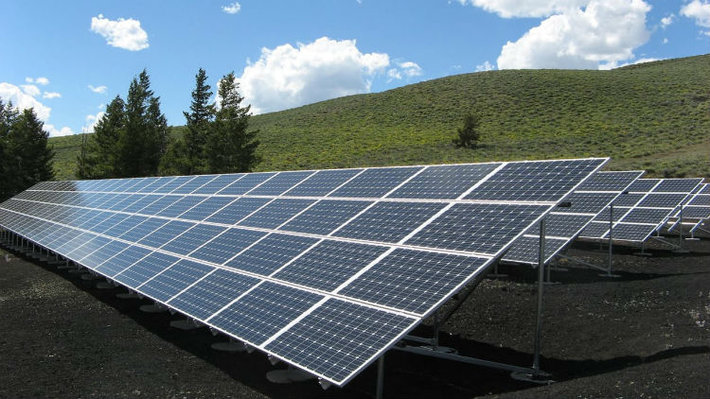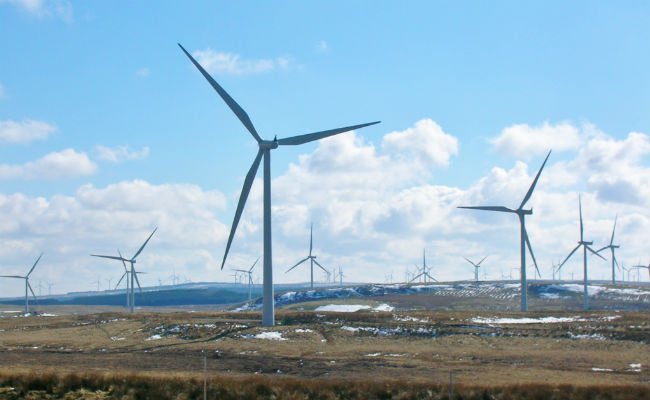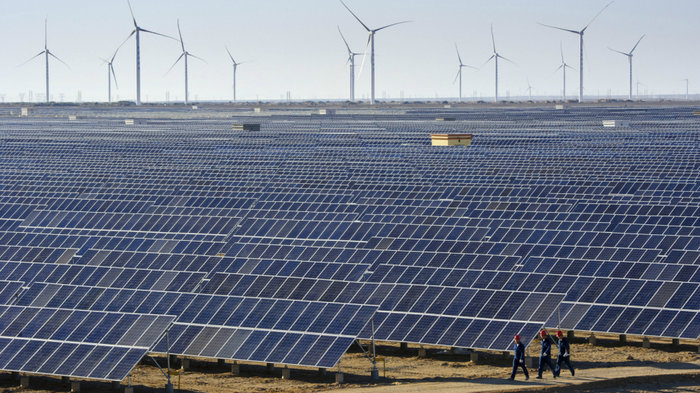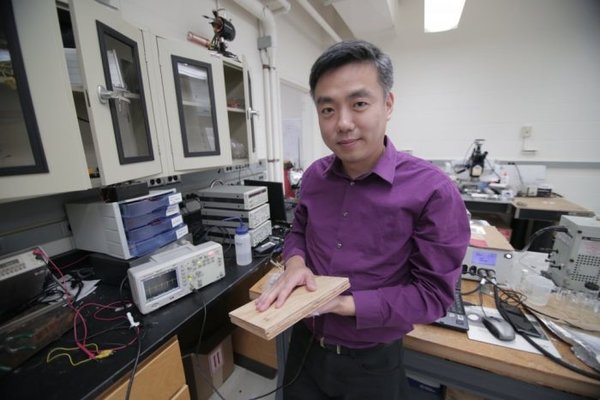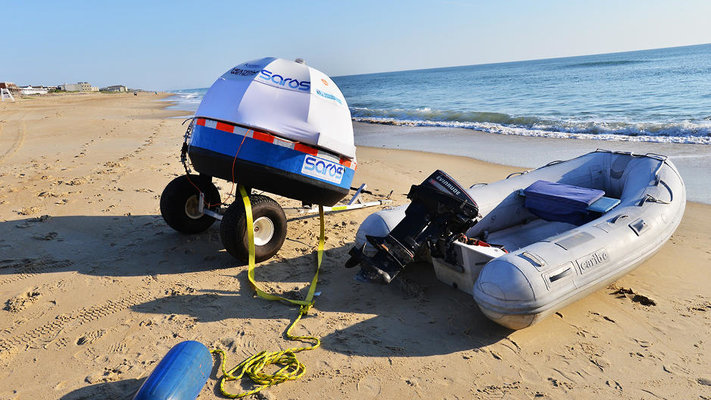Despite our increasing usage of renewable energy, there are still some big hurdles to achieving sustainability. The most recent challenge, which underlines the need for increased investment in renewables, comes in the form of storing renewable energy for later use. Most of us became familiar with the concept of cryogenic storage in the Sci-Fi movies and comic books we enjoyed as kids. While this actually deals with the preservation of usable electricity instead of human bodies, the idea is very much the same. Thanks to some recent breakthroughs, scientists have found that we can freeze energy via liquid nitrogen or liquid air. A process that works by collecting the heat dissipation that occurs by exposing incoming electricity to extremely low temperatures, cryogenic energy storage is an attractive option on account of its relatively low cost and its smaller physical storage requirements.
Continue reading... →In a big win for renewable energy, the cost of solar and wind power has plummeted in recent years, making it the same price as traditional fossil fuels in about 30 countries, according to a new report from the World Economic Forum (WEF). The cost of solar energy has dropped 80% since 2009, and wind energy has dropped by 30% in the last three years. This shift means more countries have reached “grid parity” — where the cost of fossil fuels and renewable energy are the same.
Continue reading... →China has announced that it will invest $361 billion in renewable energy through the end of the decade — another signal that the world’s most populous nation is serious about combating climate change. The investment, Reuters reports, will continue China’s shift away from coal and other dirty fuels. In addition to fighting climate change, investing in clean energy should help China address its air-pollution problems. Major cities like Beijing are often blanketed in smog, due largely to coal burning and other industrial activity.
Continue reading... →With or without Donald Trump‘s help, the North Carolina municipality of Boone is calling on the whole state – and the United States at large – to encourage green jobs and transition to 100 percent clean energy across all energy sectors. The resolution was approved by a 5-0 vote by Boone Town Council on Thursday. This makes Boone the first town in the country to officially demand that the U.S. completely ditch fossil fuels to “avoid climate catastrophe.” The country’s total transition to clean energy is not as far-fetched as it seems. Boone’s resolution was inspired in part by the research of renewable energy expert Dr. Mark Z. Jacobson, a Stanford University professor and cofounder of The Solutions Project, a state-by-state roadmap to convert the country to 100 percent renewable energy by 2050.
Continue reading... →It’s getting easier to bike to work in Chicago. The city added 100 miles of new bike lanes over the last five years, and, by 2019, plans to add another 50 miles of “better” bike lanes, including lanes with curbs to protect riders from cars. Now the city is beginning to consider going further, with a series of floating, solar-powered bike paths along the edge of the Chicago River. Architecture firm, SecondShore, hopes to run a pilot project, perhaps by the summer of 2017, in Chicago’s 33rd Ward, giving riders a chance to experience a half mile of a basic iteration of the path, and giving the designers feedback on the system.
Continue reading... →Flooring can be made from any number of sustainable materials, making it, generally, an eco-friendly feature in homes and businesses alike. Now, however, flooring could be even more “green,” thanks to an inexpensive, simple method developed by University of Wisconsin–Madison materials engineers that allows them to convert footsteps into usable electricity. Wood pulp, which is already a common component of flooring, is partly made of cellulose nanofibers. They’re tiny fibers that, when chemically treated, produce an electrical charge when they come into contact with untreated nanofibers.
Continue reading... →Off the coast of North Carolina, two friends are developing a new way to desalinate water—a notoriously high-energy, high-cost process. Their solution: use the power of the ocean itself to clean the water of its impurities.Justin Sonnett and Chris Matthews first came up with the SAROS desalination buoy while at the University of North Carolina at Charlotte. They’ve since set up a company and worked on their floating prototype for more than two years. Now, they’re looking for support on Indiegogo.
Continue reading... →Long Root Ale, a pale ale hitting the market from Patagonia Provisions and Hopworks Urban Brewery, is sustainably brewed and made with organic ingredients, but that’s not what sets it apart. The big difference here is in the grains—and the farming practices behind them. While most beer is brewed with malted barley or wheat that is grown in an annual rotation—meaning the grains are planted every spring, harvested in the fall, to be repeated the following year—Long Root Ale is the first beer to incorporate Kernza, a perennial grain. Once planted, this “superwheat“ derived from an ancient form of intermediate wheatgrass can remain in the ground for years at a time.
Continue reading... →NASA is funding projects with the potential to slash airplane greenhouse gas emissions by 75 percent. The agency is targeting airline emissions, a major source of greenhouse gases. NASA last week announced that it was funding research into five new technologies under a “green aviation” initiative that it says could cut airplane fuel use in half, reduce aircraft noise, and most important, slash carbon emissions by as much as 75 percent.
Continue reading... →At the recently concluded InnoTrans trade fair in Berlin, Germany unveiled the first ever hydrogen powered passenger train – a zero emission wonder that will be in operation from Dec 2017 and on-wards. Developed by the French company, Alstom, the ‘Coradia iLint’ train created quite a green stir in the world. Switching public transport to greener, more sustainable modes is on the agenda of most nations. And Germany seems to have flagged off this carbon free passenger train with great aplomb.
Continue reading... →